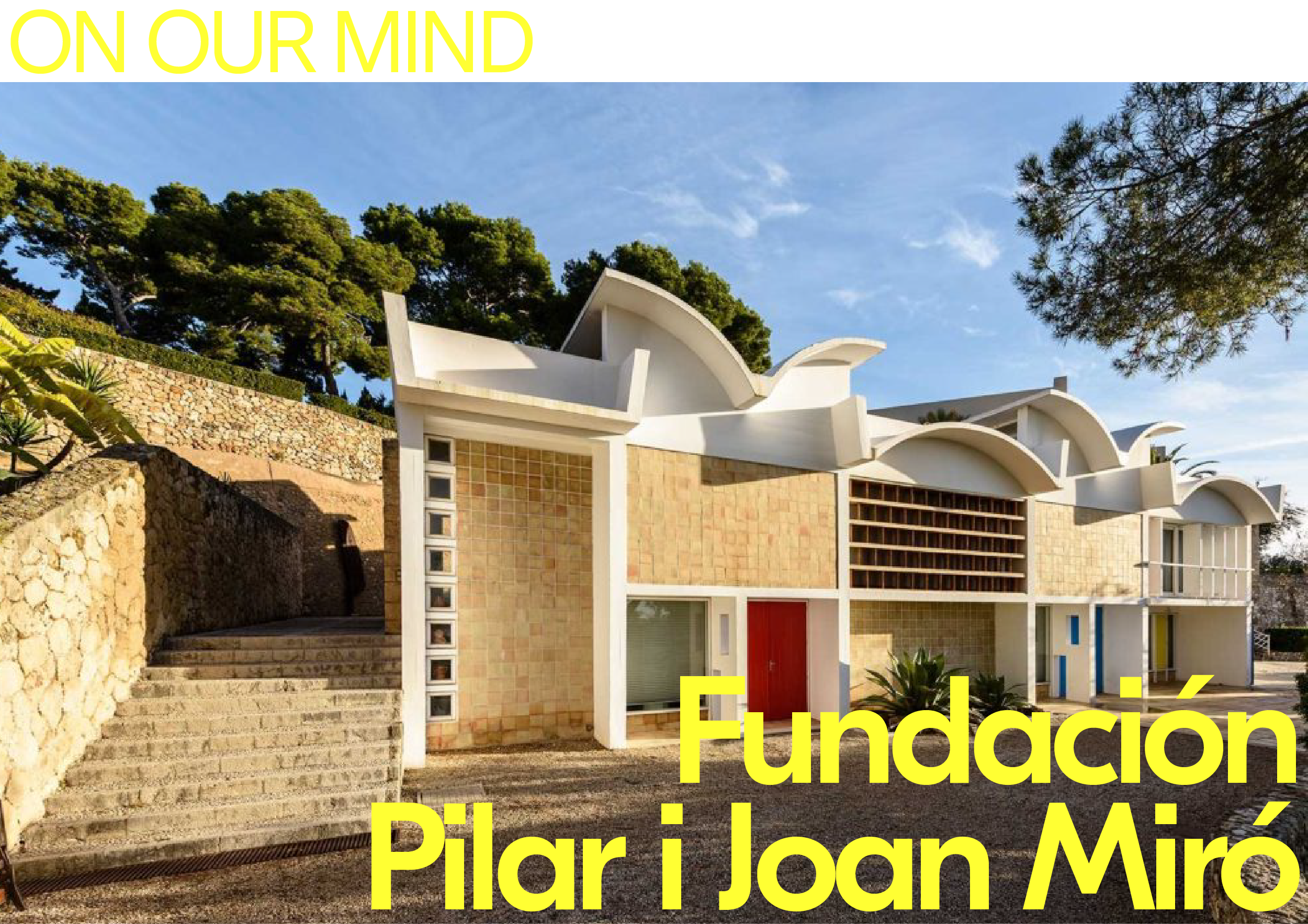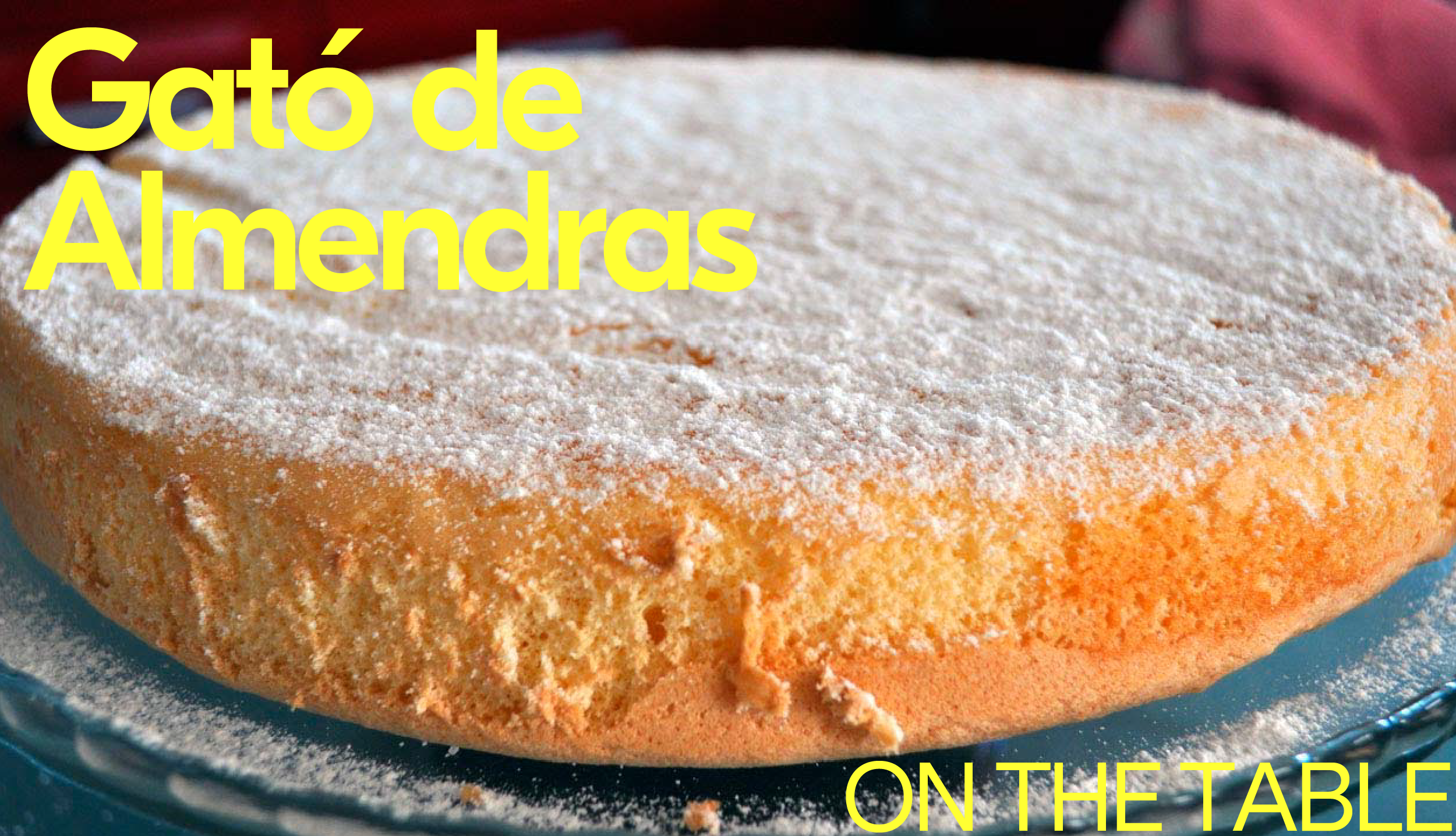We are celebrating the inaugural issue of our journal (and a big birthday) with writings about Mallorca. Our favorite island is no longer just a place for inspiration and family visits; it is now the official home of our second studio location!
Read about artisanal local tile, iconic architecture, and a classic Mallorcan dessert.
Hydraulic tiles are pigmented cement tiles produced entirely by hand, suitable for both interior and exterior applications. They originated in Spain in the 1850s, and quickly spread to other countries in the Mediterranean and Northern Africa. These tiles were revolutionary because they allowed for intricate decorative designs, and they significantly lowered manufacturing cost compared to their glazed ceramic predecessors. Each tile is produced one by one, using a custom stencil-like bronze mold, into which a base layer of cement and sand is poured. A top layer containing the color pigments gets hydraulically pressed into the tile, hence the name. There is no glaze and no need for firing in a kiln, making them a more sustainable choice.
Their popularity coincided with the rise of Spanish modernism along the Mediterranean, making them a staple in both homes and public spaces alike. Bold and colorful designs were often installed like carpets in a room, framed by more discreet monochromatic tiles around the edges. By the middle of the 20th century, their popularity declined due to the need for cheaper and mass-produced materials. Due to their recent increase in popularity, ceramic manufacturers are creating products that mimic the look of cement tiles, but the result does not compare to the hand-made quality, subtle variations and lovely ageing inherent to a real hydraulic tile.
We recently visited the factory of Huguet, in Mallorca, one of the few remaining companies dedicated to keeping this centuries-old craft alive in Spain. They are thriving due to their design innovations and their commitment to sustainability. Their tiles are produced using raw, local and recycled materials; they use Green Label cement; and they offset all the CO2 generated from the manufacturing process.
-
Sert was Spain’s preeminent modernist architect, blending Mediterranean style with the rationalist ideas he learned while working with Le Corbusier early in his career. During Franco’s dictatorship in Spain he was disallowed from practicing architecture and he emigrated to the United States, where he established his practice and was the dean at Harvard Graduate School of Design Department of Architecture for more than 15 years. The Miro Foundation constitutes a turning point in his career, and his first work in Spain, launching his more sculptural and fluid approach to buildings. Using stone, concrete, and clay, He was able to adapt to the sloped geographical context and embody the spirit of Miro all in one.
-
INGREDIENTS
• 250 grams / 1.25 cups almond meal (not almond flour)
• 8 eggs, brought to room temperature
• 250 grams / 1.25 cups granulated sugar
• Zest from one lemon
• A pinch of ground cinnamon
• Confectioner’s sugar for decoration
PREPARATION
1. Preheat the oven to 180º C / 350 F
2. Line the bottom and sides of a round mold with baking paper. A little butter helps the paper stick to the mold.
3. If you are using whole almonds, grind them in a food processor until there is a fine flour.
4. Mix the almond meal with the zest of the lemon.
5. Add the cinnamon and mix the three ingredients well. Set aside.
6. Carefully separate the whites from the yolks of the eggs. It is important that they have been out of the refrigerator for a while to assemble the meringue without problems.
7. In the bowl of an electric mixer, mix the egg yolks with half the sugar, beating until they turn whitish and double their size. This process can take 4-5 minutes, but it's important to get it right to get a fluffy cake. The yolks have to have a very creamy texture. Set aside.
8. In another slightly larger bowl begin to beat the egg whites. When they start to whiten, add the sugar very little by little and without stopping beating. Continue beating until achieving a meringue that forms peaks and does not fall when turning the bowl over (be careful when doing the test, tilting it a little is enough).
9. Pour the yolks into the meringue and, with a spatula and very soft and enveloping movements, mix to obtain a single mass that does not lose its volume.
10. Little by little incorporate the flavored almond, stirring very gently.
11. Transfer the final mixture to the lined mold and smooth with the spatula so that it is uniform. Bake between 35-40 minutes depending on the size of the mold, ideally it should be between 24-26cm I 10 inches in diameter. To check if it is done, prick it with a knife and when it comes out clean, with no traces of dough, take it out of the oven.
12. Let cool and unmold carefully. Turn it over with a plate. Sprinkle confectioner’s sugar with a strainer to decorate.
Thank you for sticking with us through four presidents, Lady Gaga’s meat dress, seven seasons of Parks and Rec, and a global pandemic.












